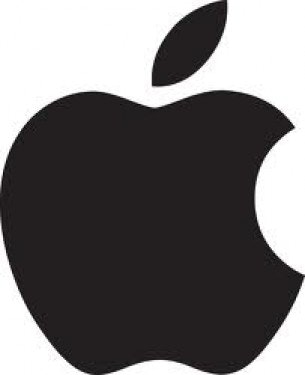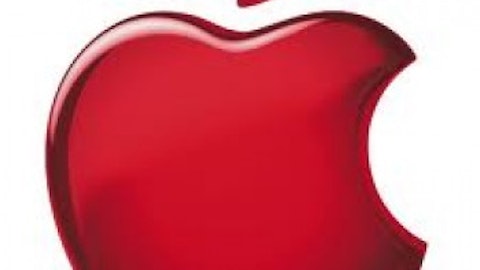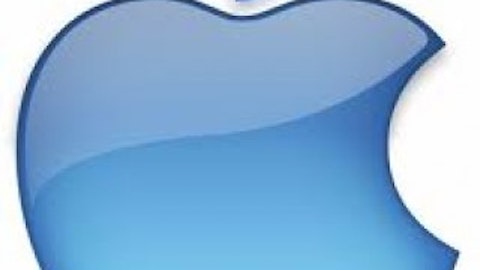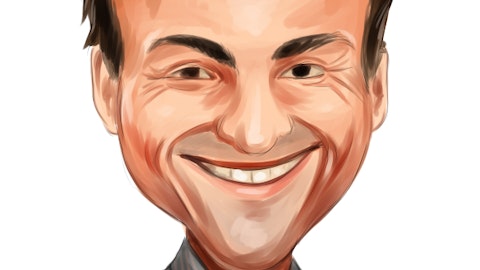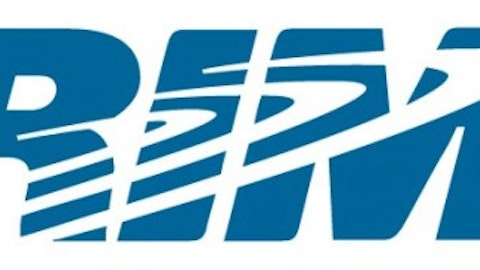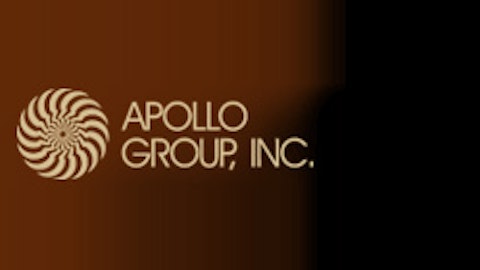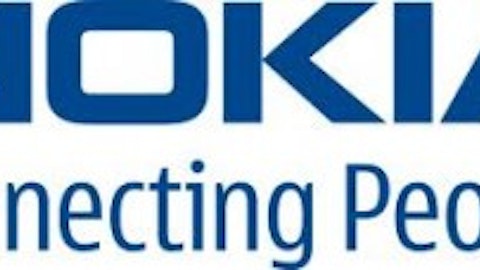David Einhorn, famous hedge fund manager at Greenlight Capital, recently made waves when he publicly took Apple Inc. (NASDAQ:AAPL) to task for guarding its purse strings too tightly. Einhorn suggested that Apple unlock value for shareholders by issuing a boatload of preferred shares, paying 4% in perpetuity. While I won’t say that Einhorn’s specific strategy is my favorite idea, I can definitely say that he has a point. Apple Inc. (NASDAQ:AAPL)’s cash hoard is too huge, and it isn’t doing common stockholders any good rotting on the balance sheet.
Other Big-Cap Tech as a Template
There’s currently a strange stigma attached to large-cap technology stocks that return cash to shareholders. Many observers deride the decision, saying that a technology company paying dividends is an admission that the company’s growth days are over. To illustrate this, many point to the fortunes of fellow tech firms Microsoft Corporation (NASDAQ:MSFT) and Intel Corporation (NASDAQ:INTC), which have painfully transformed from growth stocks to value stocks as a result of their decisions to return cash to shareholders via a dividend.
Financial pundits love to call Microsoft “dead money.” In 2000, the stock reached almost $60 per share. After the tech bubble burst, the stock fell to less than $30, and indeed has traded sideways ever since. The fundamentals, meanwhile, painted a different picture.
In fiscal 2001, Microsoft booked diluted earnings per share of $1.32 on revenues of $25 billion. Investors buying at $60 paid 45 times those earnings. The fact is, over the next decade, Microsoft grew its sales and profits at compound annual growth rates of 10.7% and 7.4%, respectively–not exactly fitting the description of a “dead” company.
Ditto for Intel. The stock traded north of $73 per share in the fall of 2000 before falling to the low $20s — exactly where it stands today. Even using Intel’s most profitable year between 1991 and 2003, investors were paying more than 48 times those earnings at a price of $73. The company, meanwhile, grew its revenues by more than 7% annually during the 10-year period of 2001-2011.
Microsoft and Intel didn’t become value stocks because they decided to pay dividends; they decided to pay dividends because they became value stocks. Knowing that their shares would probably never be able to provide the growth rates that the market wanted, Microsoft and Intel decided to provide shareholders a return by paying big dividends.
Unlock Value by Unlocking the Cash
Apple should do the same. No stock can continue to expand at world-beating growth rates forever. This isn’t necessarily a bad thing — just a mathematical reality. Apple has grown earnings per share at a compound annual rate of almost 60% over the last four years. Even Apple can’t continue to replicate that kind of growth forever. Someday, growth will slow—and perhaps that day is upon us.
Apple has such a huge amount of cash on its balance sheet that not paying a larger dividend and/or increasing its stock buyback is doing shareholders a disservice. Short-term interest rates are near zero. Apple’s cash and marketable securities probably aren’t earning more than 1% annually for the company. Apple could double its dividend and yield more than 4.5% at recent prices, thereby creating value for its loyal shareholders.
The company should avoid the temptation to do something foolish for lack of a better idea. Don’t make an ill-advised acquisition, Apple. Microsoft bought Skype for $8.5 billion in 2011, and as far as I can tell, that wasn’t a value-add for shareholders.
Some Apple shareholders may not want the company to increase its dividend, out of fear that the company would soon be priced similarly to its big-cap tech brethren. But I have news for them: we’re already there. Apple in fact trades for lower multiples than either Microsoft or Intel, ex-cash. Apple’s stock is no longer the darling of the growth-investing community. Like it or not, it’s being priced as a value stock, and in order for institutional value investors to buy, Apple needs to give them more.
Value investors may be enticed by a 7 forward multiple ex-cash, but a 2.3% dividend isn’t likely to bring them in. Double the dividend and increase the buyback, Apple. The company can easily afford it, and doing so will have a negligible effect on the company’s ability to earn mountains of cash.
As it stands, the company’s dividend payout ratio is less than 25% of fiscal 2012 earnings. Apple, if you show investors that you’re making productive use of the $137 billion currently doing nothing in your bank, you may just see higher multiples sooner rather than later.
The article David Einhorn Has A Point: Show Us The Money, Apple originally appeared on Fool.com and is written by Robert Ciura.
Copyright © 1995 – 2013 The Motley Fool, LLC. All rights reserved. The Motley Fool has a disclosure policy.
